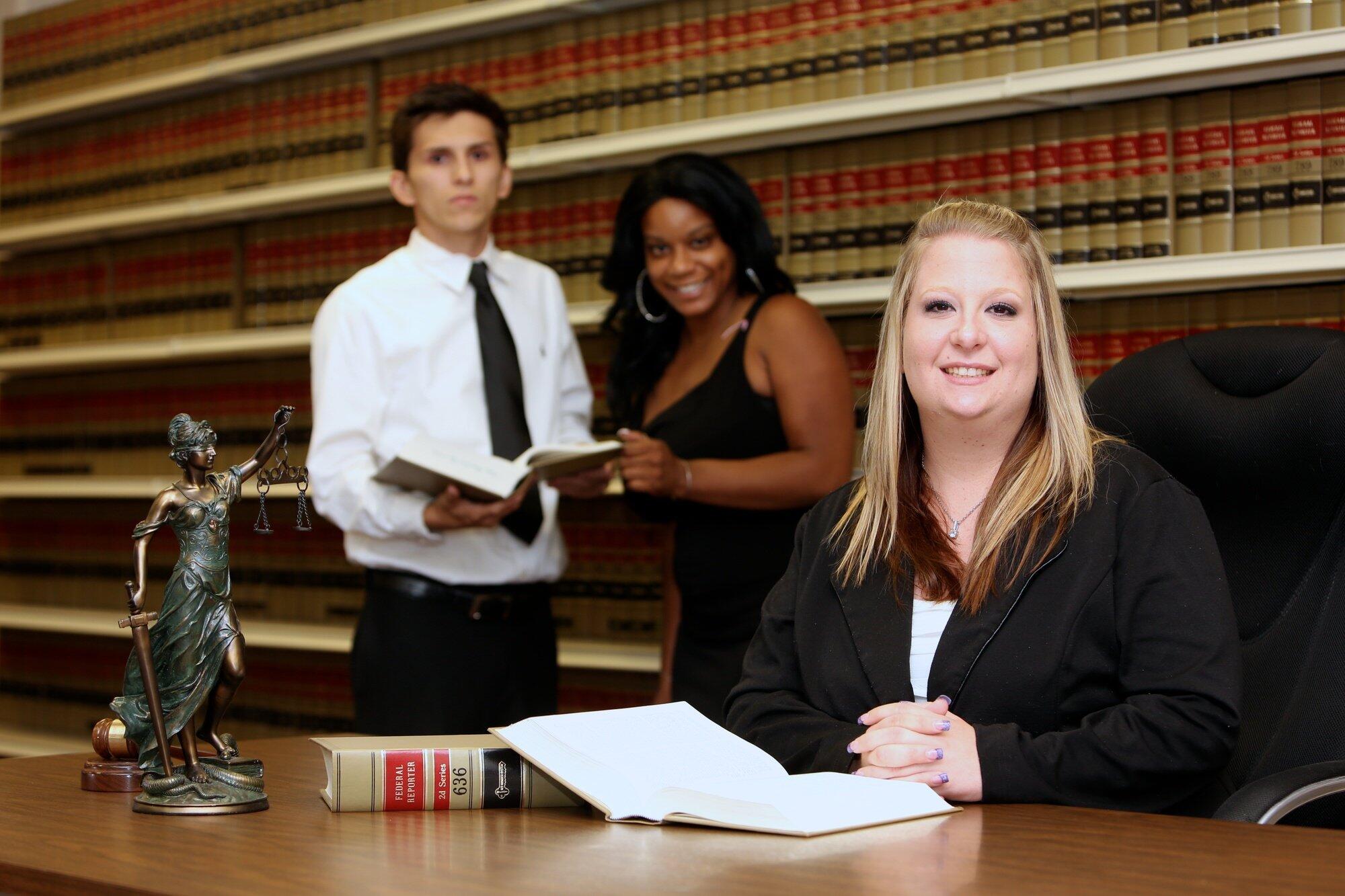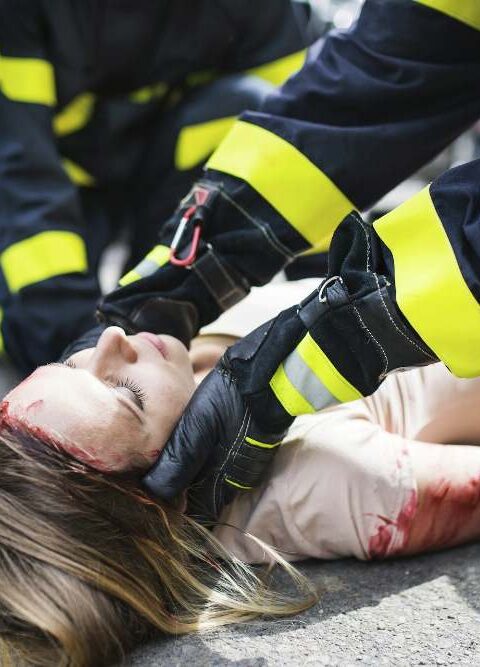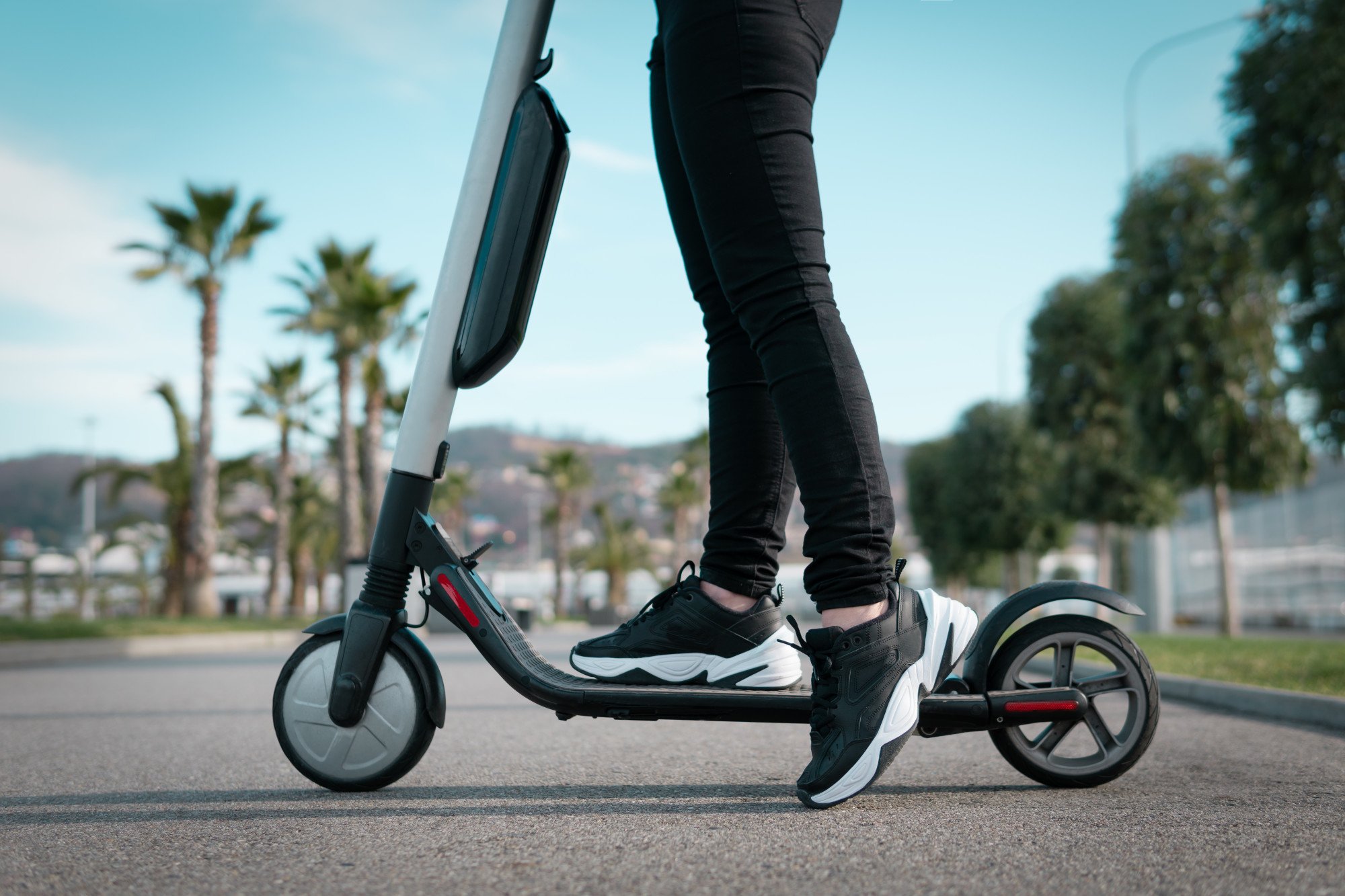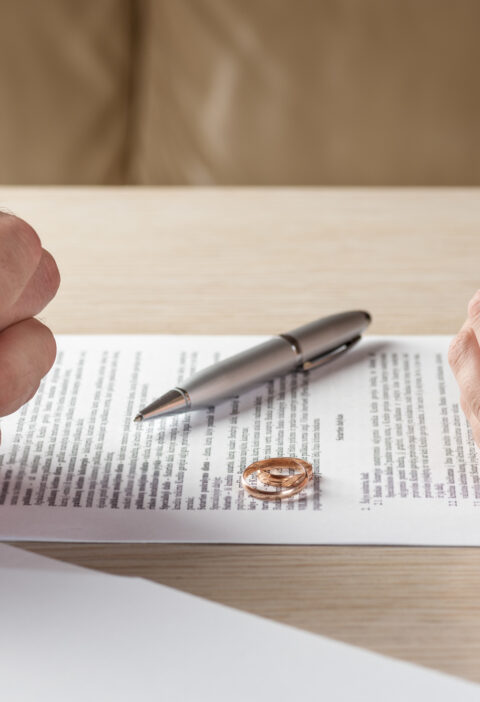Imagine strolling through your favorite store, engrossed in the shiny displays and the promise of a delightful shopping spree. But suddenly, without any warning, your foot hits a wet patch on the floor, and before you know it, you’re on the ground, nursing an aching ankle and a bruised ego.
Slip and fall incidents are not only embarrassing but can also lead to serious injuries. But here’s the question: when is the shop owner actually liable for your slip and fall?
Understanding Premises Liability
Before we delve into the specifics, let’s get acquainted with the legal concept of premises liability, a type of personal injury. This principle dictates that property owners, including shop owners, have a responsibility to maintain their premises in a safe condition for visitors and customers. If a hazardous condition exists on the property, and it leads to an injury, the property owner may be held liable for the damages.
The Duty of Care
A key factor in determining liability for slip and fall incidents is the duty of care owed by the shop owner. The duty of care refers to the responsibility of the property owner to take reasonable steps to prevent foreseeable accidents and injuries. While the specifics may vary depending on the jurisdiction and circumstances, shop owners generally have an obligation to keep their premises reasonably safe and free from hazards.
Factors Determining Liability
1. Knowledge of the Hazard
One crucial aspect of determining liability is whether the shop owner was aware of the hazardous condition that caused the slip and fall. If the shop owner knew about the wet floor, torn carpet, or any other dangerous condition and failed to address it promptly, they may be held liable for resulting injuries.
If the shop owner was not aware of the hazard, the liability becomes more complex.
2. Reasonable Inspection and Maintenance
Shop owners are expected to conduct regular inspections of their premises to identify and rectify potential hazards. If it can be established that the shop owner neglected their duty to inspect and maintain the property adequately, they could be found liable, whether or not they knew about the wet floor.
However, if the shop owner can demonstrate that they had a reasonable inspection and maintenance routine in place, it might affect the determination of liability.
3. Customer Awareness
While shop owners are responsible for maintaining a safe environment, customers also have a certain level of responsibility. If a hazard is obvious and a customer could have reasonably avoided it, the shop owner might not be held liable for resulting injuries. For example, if a “Wet Floor” or “Slippery Floor” sign is clearly visible and a customer ignores it, the shop owner’s liability could be reduced.
Building a Strong Case
Proving liability in a slip and fall incident or any personal injury case can be complex. But if you believe the incident to have been no fault of yours, your best course of action is to seek the legal assistance of personal injury advocates. Your lawyer can evaluate the situation and build a strong case to ensure you get compensation for your wrongful injuries.
But first, you’ll need to gather evidence that supports your claim. Here are steps to consider:
1. Documentation
If you experience a slip and fall, document the scene as thoroughly as possible. Take pictures or videos of the hazardous condition, such as the wet floor or the torn carpet, along with any relevant signage or lack thereof.
2. Witness Statements
If there were witnesses to the incident, collect their contact information and ask them to provide statements about what they saw. Their accounts can help establish the circumstances surrounding the accident.
3. Medical Records
Seek medical attention as soon as possible after the incident, even if your injuries seem minor. Medical records provide crucial documentation of your injuries and can establish a direct link between the slip and fall and your medical treatment.
4. Incident Report
Report the slip and fall to the shop owner or manager immediately. Ask for a copy of the incident report, as it can serve as an official record of the event and the shop owner’s response.
When the Shop Owner Might Not Be Liable
If the hazardous condition was open and obvious, and the shop owner took reasonable steps to warn customers, their liability could be reduced. Additionally, if your own negligence played a significant role in the incident, it might impact the shop owner’s liability. This is known as comparative negligence.
Final thoughts
If you’ve been involved in a slip and fall incident and believe that the shop owner’s negligence contributed to your injuries, it’s wise to seek legal advice. A personal injury attorney can help you navigate the complexities of premises liability and build a case that demonstrates the shop owner’s responsibility for your injuries. This will enable you to get the compensation you deserve.
Remember to document the scene, gather witness statements, and seek medical attention promptly. Stay safe, shop smart, and know your rights.







